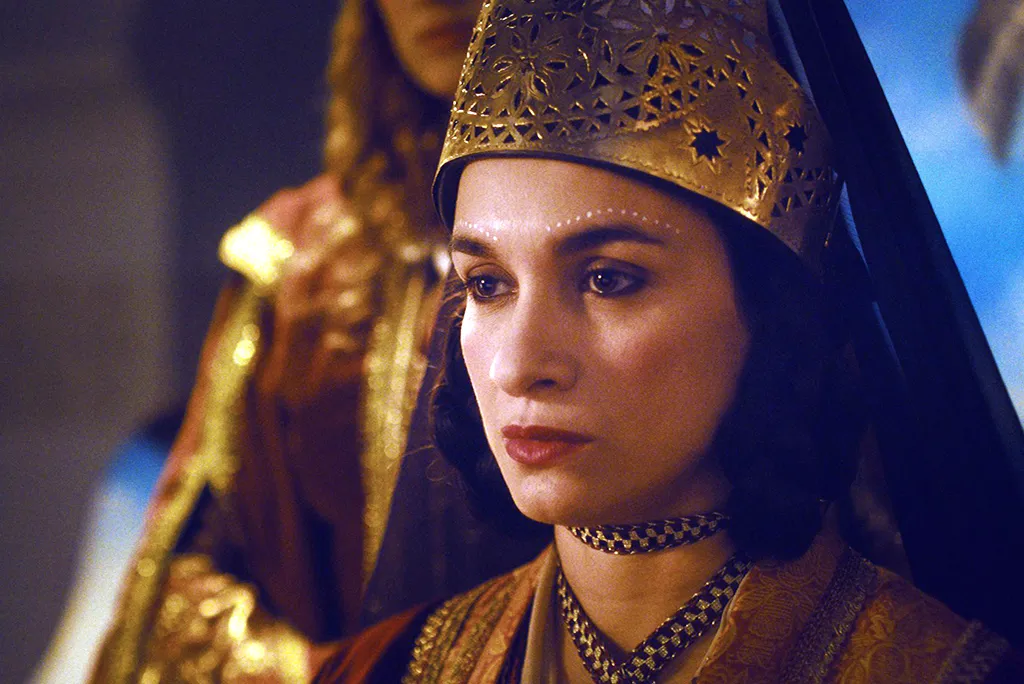Arts & Culture
9.27.2023
“The Last Queen”: the historical drama that takes us back to 16th-century Algeria

This peplum represents one of the major developments in Algerian cinema, which until now has been reluctant to produce historical dramas. “The Last Queen” is set in 16th century Algeria, at the crossroads of two ambitious competing empires.
The Last Queen, a historical drama set in Algiers in the early 16th century, evokes an important chapter in the history of North Africa. During this period, Algiers became a focal point for the expansionist ambitions of the Spanish Empire, as part of the Reconquista of Ferdinand II, who sought to extend it to the coasts of North Africa.
In 1516, Algiers came under Spanish occupation, paving the way for a daring salvage attempt led by the pirate Arudj Barbarossa, who is featured in the film. This historical context provides the backdrop for an exploration of the life of Queen Zaphira, played by Adila Bendimerad. Zaphira, wife of King Salim at-Toumi (Tahar Zaoui), lived in the royal palace amid the political turmoil of the time.
Voir cette publication sur Instagram
Shedding light on West Mediterannean history
While the film introduces us to Queen Zaphira and her interactions with the pirate Barbarossa, it also delves into the wider historical narrative of the region. The portrait of Zaphira, whose historical existence is the subject of debate among historians, offers a glimpse into the challenges faced by women at this pivotal time.
Directors Damien Ounouri and Adila Bendimerad depict Queen Zaphira’s resistance to the advances of privateer Arudj Barbarossa, a historical event that continues to provoke debate. By weaving together historical events and the story of Zaphira, the film contributes to the creation of the historical narrative of the Western Mediterranean.
Voir cette publication sur Instagram
The film’s narrative structure, divided into acts, is inspired by classical theater, presenting Zaphira as a tragic heroine navigating between widowhood and palace intrigue. In addition to Zaphira, the film highlights other important women of Algiers at the time, such as Chegga, the Emir’s other wife, and Astrid, a enslaved woman who eventually won her freedom.
popular

